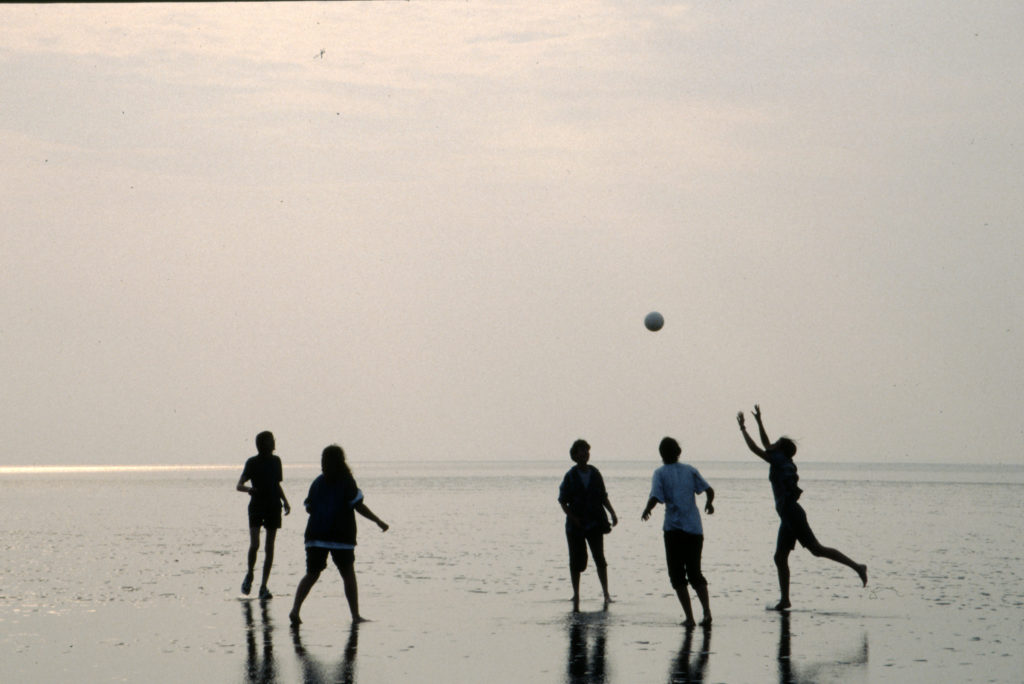Finally, I took the time for digitizing all those slides I had packed up in boxes and magazines some time ago.
It’s more than 3200 slides and I wanted to avoid the costs of a professional service. Finally, I found a renting service with reasonable pricing for an automated digitizer:

Scanning
I decided to use the following quality settings
- 1800 dpi, 16bit color-depth
- TIFF output
- no image corrections like ICE, GEM, ROC
- Exposure 100%
This results in files of about 22 MB each, having around slightly less than 4 Megapixels. A test with higher resolution did not improve the optical quality of the resulting images further. Also, I was not interested in image processing by the scanner, and did not use the options, but rather wanted to keep the scanning times low.
With this, I managed to digitize with a speed of about 1 image per minute, without some small setup time for each magazine.
And here’s how it looks like (converted to JPEG , 90% quality):

Note that there still is brightness resolution in the shadows, no additional vignettes, and OK sharpness.
Postprocessing
I have found that the scanner (or my slides) do not use the full brightness resolution, and leave a bit of room on the lower and higher end. See the histogram for the above image here:

The used tool here, Shotwell, also already has an enhancement algorithm which suggests to stretch the sampled levels to use the full scale (see marks). This looks like a good idea.
All scanned images, like this one, have very dark shadows which should have a little steeper curve. Here’s what I have done with the GIMP:

Now the shadows should be more resolved (Although, to admit, for this specific scene the image would be better left alone), which should generally be more pleasing in more typical scenes.
And here’s how it looks like (converted to JPEG , 90% quality):

Good enough for a viewing with friends and family!
